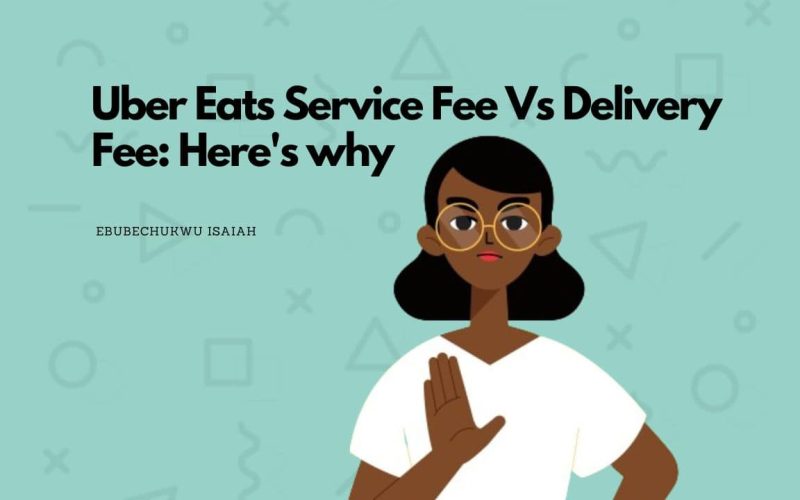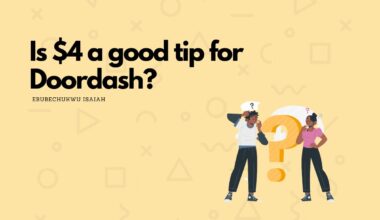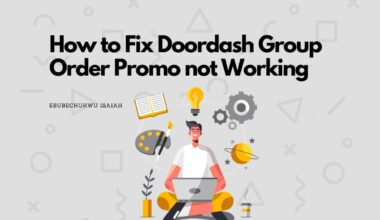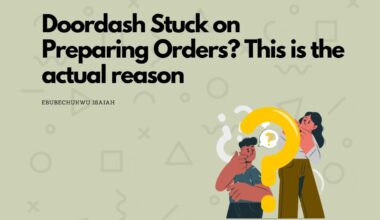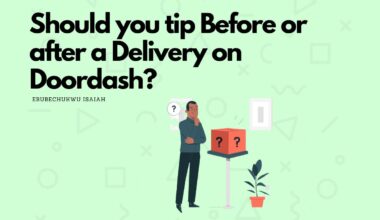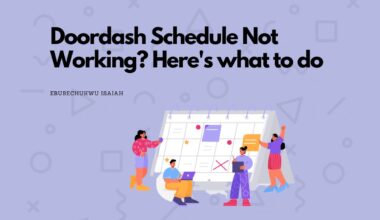Sometimes it’s frustrating when all you want to do is order a large burrito paired with chips and guac from a hectic day from work and you’re met with a ton of shady fees that you can’t comprehend.
Why the hell do you pay a small order fee after paying a delivery fee?
Not even frustrating enough as excruciating as the idea of having to pay a delivery fee and yet a service fee.
Here’s all you need to know, or at least a little explanation.
Service Fee Breakdown
The service fee on Uber Eats is a variable charge that helps cover various operational costs associated with the platform.
Unlike the delivery fee, which primarily supports the cost of getting food to customers, the service fee is more complex and serves multiple purposes.
According to Uber Eats, the service fee typically ranges from 5-15% of the order subtotal. This fee is broken down into several components:
- $0.10 of the fee goes directly to Uber for marketplace services, such as facilitating access to couriers and merchants.
- The remainder is given to the courier, who may then pay a portion back to Uber for various services. Uber Eats is vague about this, not even drivers know what happens behind the scenes — they only get to receive what Uber Eats offers them.
These services provided by Uber include:
It’s important to note that the service fee is not a gratuity for the driver or restaurant staff.
The fee structure is designed to support the overall ecosystem of the Uber Eats platform, ensuring its continued operation and improvement. One good example of this is the accommodation of refunds.
The introduction of these various fees, including the service fee, has been part of Uber Eats’ strategy to create a more sustainable business model.
In 2019, when Uber Eats rolled out its new fee structure, it aimed to provide more transparency and flexibility in pricing.
Delivery Fee Breakdown
Uber Eats’ delivery fee structure has undergone significant changes over time, evolving to balance customer satisfaction with operational costs.
Initially, the platform used a sliding scale of $2.49 to $6.49 for delivery fees, which was later replaced by a $5 flat rate.
However, in March 2019, Uber Eats introduced a more dynamic pricing model for delivery fees.Under the current system, delivery fees vary based on several factors:
- Distance: Customers pay less for nearby restaurants, incentivizing orders from local establishments.
- Order size: Larger orders may have lower delivery fees compared to smaller ones.
- Restaurant popularity: High-demand restaurants might have different fee structures.
- Time of day: Fees can fluctuate based on peak hours and overall demand.
One thing mistake I’ve seen people make overtime is associating this fee with the fee that is being paid to drivers. From experience, there’s no correlation.
Uber Eats, as well as several other delivery companies, have a whole different algorithm for determining drivers pay over the delivery charge customers get.
It’s worth noting that Uber Eats’ fee structure is not alien to the food delivery industry and pretty much aligns with industry trends, as competitors like Caviar and Postmates employ in similar markets.
This approach, they say, allows food delivery platforms to maintain profitability while offering a range of delivery options to suit different customer needs and order types.
Here’s the Verdict: UberEats Service fee Vs delivery fee
While both the service fee and delivery fee contribute to the overall cost of an Uber Eats order, they serve distinct purposes in the company’s pricing structure.
The service fee, typically ranging from 5-15% of the order subtotal, primarily supports the platform’s operational costs and courier services.
In contrast, the delivery fee is more variable, based on factors such as distance, order size, and demand, directly funding the logistics of food transportation.
The key difference lies in their allocation:
- Service fee: Partially goes to Uber for platform maintenance and partly to couriers for various services.
- Delivery fee: Primarily compensates the delivery driver for their time and effort.
Ultimately, while customers may find these fees frustrating, they are essential for maintaining the Uber Eats ecosystem.
The service fee ensures platform functionality and support, while the delivery fee incentivizes drivers and adapts to market conditions.
As an Amazon Associate, I earn a small commission from qualifying purchases. Learn more about this.
